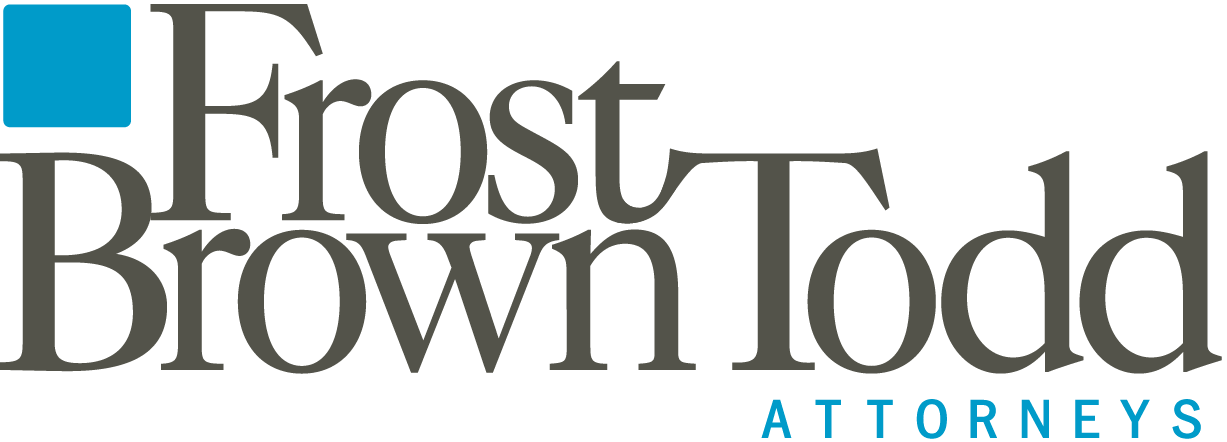The Paycheck Protection Program (PPP) Loan Necessity Questionnaires are here to stay despite push back from borrowers and different trade groups on the questions being asked by the Small Business Administration (SBA). When the SBA released the Loan Necessity Questionnaire forms for PPP loans of more than $2 million, affected borrowers were understandably concerned that the SBA would penalize businesses who remained profitable and retained their employees during the pandemic—the ostensible goal of the PPP. Rather than amending the questionnaire or suspending its use, the SBA issued FAQ #53 on December 9, 2020 to quell concerns raised by PPP lenders and borrowers.1
There is little new information provided in the guidance. The FAQ (i) reiterates the requirement that all loans over $2 million undergo a compliance review, (ii) generally describes the conduct of that review, and (iii) restates the SBA’s commitment to determining whether a PPP borrower “had [an] adequate basis for making the required good-faith certification, based on its individual circumstances in light of the language of the certification and SBA guidance.”2
In the FAQ, the SBA clarifies that the necessity certification is required to have been made in good faith at the time of the loan application, even if subsequent developments resulted in the loan no longer being necessary. This is consistent with the language of the necessity certification in the PPP loan application and the law in effect when most PPP borrowers made the certification. As many have observed,3 the occurrence of subsequent events should have no bearing upon determining whether a borrower estimated its PPP loan necessity in good faith.
However, the guidance also affirms the SBA’s commitment to accounting for “circumstances and actions both before and after the borrower’s certification” (emphasis added) when making its forgiveness determination. Left unaddressed is any explanation of how the SBA intends to use the outcomes of circumstances existing at the date of application to determine whether the borrower had a supportable basis for being uncertain about those outcomes. This lack of explanation suggests that the SBA remains unaware that applying a backwards-looking analysis to a forward-looking certification risk unfairly penalizing borrowers who made the required certification in good faith, notwithstanding any subsequent success.
Nonetheless, the issuance of FAQ #53 signifies that the SBA is at least aware of concerns surrounding its loan forgiveness review procedures, if not receptive to the solutions proposed by those raising them. Perhaps then, the FAQ does provide some comfort to those concerned that the SBA has changed the rules of the game after kickoff. However, until the SBA beings issuing determinations and its rationale supporting those determinations, we can only guess as to how faithful the administration will be to its word.
[1] Paycheck-Protection-Program-Frequently-Asked-Questions.pdf (treasury.gov) (Last accessed Dec. 1, 2020).
[2] The PPP Borrower Application Form requires applicants certify “Current economic uncertainty makes this loan request necessary to support the ongoing operations of the Applicant.”
[3] See Letter from Institutions Representing PPP Borrower to Congress, Nov. 17, 2020, loan-necessity-questionnaires-congressional-leadership.pdf (jrounalofaccountancy.com) (last accessed Dec. 11, 2020).
